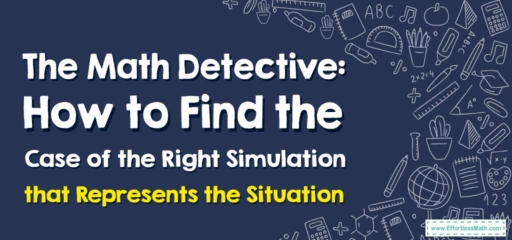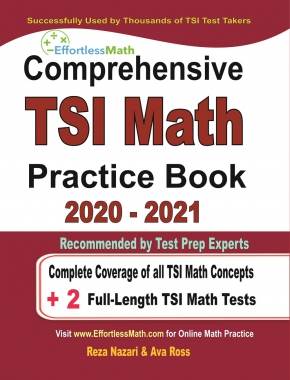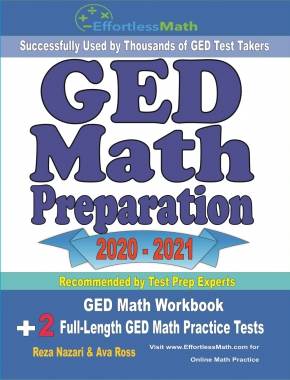The Math Detective: How to Find the Case of the Right Simulation that Represents the Situation
Good day, math detectives!
[include_netrun_products_block from-products="product/6-south-carolina-sc-ready-grade-3-math-practice-tests/" product-list-class="bundle-products float-left" product-item-class="float-left" product-item-image-container-class="p-0 float-left" product-item-image-container-size="col-2" product-item-image-container-custom-style="" product-item-container-size="" product-item-add-to-cart-class="btn-accent btn-purchase-ajax" product-item-button-custom-url="{url}/?ajax-add-to-cart={id}" product-item-button-custom-url-if-not-salable="{productUrl} product-item-container-class="" product-item-element-order="image,title,purchase,price" product-item-title-size="" product-item-title-wrapper-size="col-10" product-item-title-tag="h3" product-item-title-class="mt-0" product-item-title-wrapper-class="float-left pr-0" product-item-price-size="" product-item-purchase-size="" product-item-purchase-wrapper-size="" product-item-price-wrapper-class="pr-0 float-left" product-item-price-wrapper-size="col-10" product-item-read-more-text="" product-item-add-to-cart-text="" product-item-add-to-cart-custom-attribute="title='Purchase this book with single click'" product-item-thumbnail-size="290-380" show-details="false" show-excerpt="false" paginate="false" lazy-load="true"]In our quest to solve the mysteries of the mathematical universe, today, we’re faced with a peculiar case: Choosing a simulation that best represents a given situation. So, grab your magnifying glass and detective hat; let’s crack this case!

1. The Crime Scene: Simulation and Situation
Our case revolves around simulations, powerful tools used to model real-world situations. The objective? To identify a simulation that accurately portrays a given circumstance.
2. The Investigation: Choosing the Right Simulation
Choosing the right simulation involves careful observation, understanding the situation, and aligning it with the appropriate simulation model.
Your Detective’s Manual: How to Choose a Simulation that Represents the Situation
Here are the steps for our investigation:
Step 1: Analyze the Situation
Start by understanding the situation that needs to be modeled. What is it about? What are the key factors involved?
Step 2: Consider the Simulations
Review the available simulations. How do they work? What situations do they model?
Step 3: Match the Situation to the Simulation
Identify which simulation best aligns with the situation. Does it accurately model the key factors and their interactions?
For instance, if you’re trying to model the spread of a disease in a small town:
- Analyze the Situation: You’re trying to understand how quickly a disease might spread in a small, isolated town.
- Consider the Simulations: You may want to consider simulations that model person-to-person interactions, taking into account factors such as population size, interaction rate, and transmission rate.
- Match the Situation to the Simulation: You’d likely choose a simulation that models disease spread in a population, with settings that reflect the town’s characteristics.
And with that, our case is solved, math detectives! As we’ve seen, choosing the right simulation requires keen observation and a clear understanding of the situation. Remember, every situation is a new mystery waiting to be solved. Until our next case, keep investigating!
Related to This Article
More math articles
- The Ultimate CLEP College Algebra Course (+FREE Worksheets & Tests)
- How to Use Number Lines to Add and Subtract Fractions with Like Denominators
- 5th Grade NHSAS Math Worksheets: FREE & Printable
- 5th Grade SBAC Math FREE Sample Practice Questions
- 4th Grade Common Core Math Practice Test Questions
- Taylor Series Uncovered: Transforming Functions into Useful Approximations
- How to Apply Integers Addition and Subtraction Rules?
- Understanding Secant Angles: A Guide to Their Types
- How to Compare Linear Functions: Equations, Tables, and Graphs
- FREE 3rd Grade PARCC Math Practice Test





































What people say about "The Math Detective: How to Find the Case of the Right Simulation that Represents the Situation - Effortless Math: We Help Students Learn to LOVE Mathematics"?
No one replied yet.